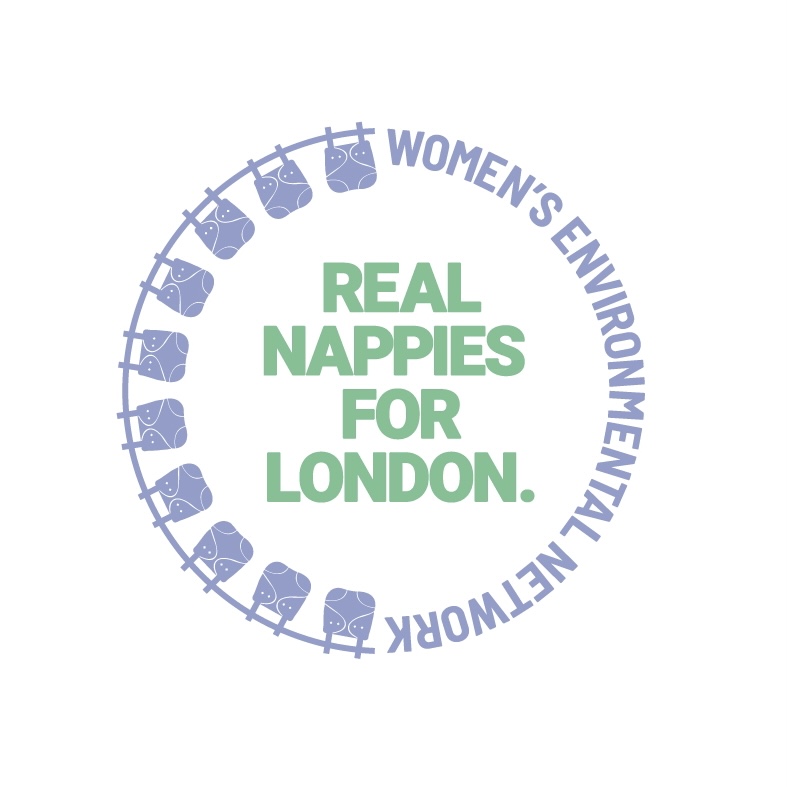What are the statistics?
Switching to reusable, washable nappies can significantly reduce your plastic waste. In 2017, 6,731,000 tonnes of single-use nappy waste was produced across Europe [1]. Plastic, specifically Polyethylene and Polypropylene, makes up 30% of a single-use nappy, which equates to 9.55g of plastic in just one single-use nappy (other parts of the nappy include polyacrylate and cellulose fluff) [2]. If a child uses at least 4,000 single-use nappies for the first 2.5 years of their life, then their parents are throwing away 38.2kg of plastic waste to incineration or landfill [3]. This is equivalent to throwing away 6,370 plastic bags (seven plastic bags per day) [4].
The waterproofing in all-in-one reusable nappies and waterproof wraps are often made of PUL (Polyurethane Laminate). More and more reusable nappy manufacturers, such as Tots Bots and Close Parent, are using a new low impact fabric made from RPET (recycled plastic bottles) in the PUL layer. For example, 50% of a Tots Bots Easyfit nappy is made up of 67g of plastic. If a child uses 20 reusable nappies until they are potty trained, then a total of 1.34kg of plastic is used significantly less than when using disposable nappies. If parents wish to eliminate the use of plastic completely, wool nappy covers are a good option – these are available from The Nappy Lady and Nappy Ever After.
What happens to end of life reusable nappies?
In general, reusable nappies and reusable wipes can last several years and offer big advantages to the Circular Economy. They can be used again and again on subsequent babies and passed-on preloved to other families via give and take events. There are sharing platforms offering parents the opportunity to hire reusable nappies for a small fee per week, from Cloth Nappy Libraries (you can find your nearest one on the UK Nappy Network website) to washable nappy laundry services that collect and deliver laundered reusable nappies straight to your door.
When a reusable nappy no longer becomes absorbent and reaches the end of its life, you don’t necessarily have to throw them in the bin. Tots Bots have given their own advice to us on this:
“You can pop them in a fabric recycling bank but most of our customers use them on their little ones dolls and teddies or cut out the absorbent part and use them as wraps/swim nappies. If the PUL is still in use, they can also use boosters to increase absorbency. Some of our customers have nappies which are more than 10 years old and used on 6 or more babies which is amazing – think of all the nappies saved from landfill there!”
Reusable nappies can help you reduce your waste, even using just one reusable nappy a day will save 730 disposable nappies from going to landfill [5]. When you are finished with your reusable nappies, depending on their condition, you can use them again for your own subsequent children, or donate/sell them on, helping to close the loop on plastic waste.
—
References:
[1] Zero Waste Europe.
[3] These statistics are based on the research of The Nappy Alliance, Tots Bots and The Nappy Lady.
[4] Real Nappies for London.
[5] UK Nappy Alliance.
